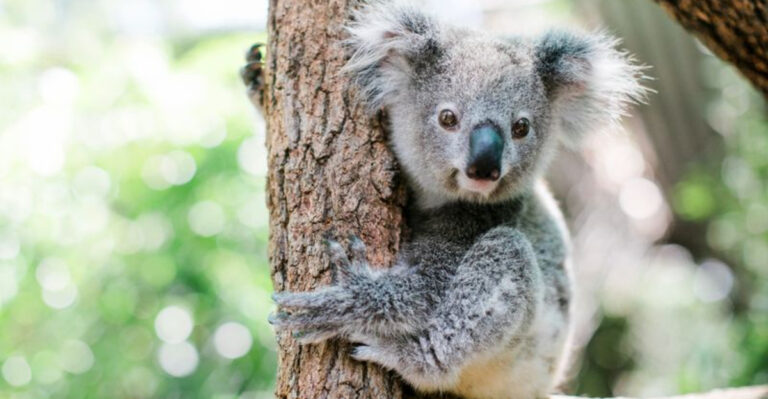How Overbreeding Has Harmed These 18 Popular Dog Breeds

Ever wondered if our quest for the “perfect” dog has gone too far? Overbreeding, with its aim to enhance certain aesthetic traits, has led to a myriad of health issues in many beloved dog breeds.
Join me as we explore how this pursuit of perfection has impacted some popular breeds, turning genetic marvels into veterinary regulars.
1. Bulldog
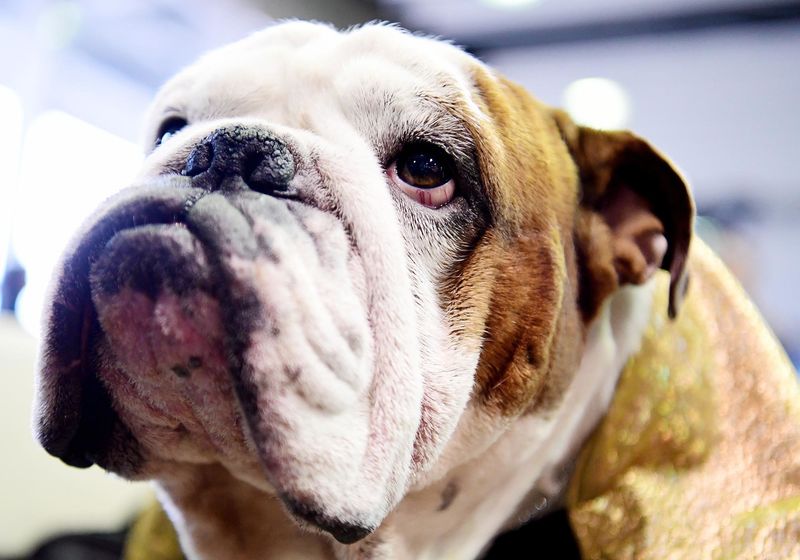
Squished faces may seem cute, but Bulldogs are often plagued by breathing problems. Overbreeding has emphasized their flat noses, leading to chronic respiratory issues.
This breed, once robust, now struggles for breath on warm days. Their wrinkled charm hides a history of human-imposed hardships, making them frequent visitors to the vet.
2. German Shepherd

The noble German Shepherd, once revered for its versatile skills, now often faces hip dysplasia. Selective breeding for a sloped back has increased this ailment, limiting their active lifestyle. While they remain loyal companions, their genetically induced joint pain can turn playful runs into painful walks.
3. Pug

With eyes bigger than its belly, Pugs are prone to corneal ulcers and eye injuries. Those adorable bulging eyes are a product of selective breeding.
Though their snorting and snuffling might sound endearing, it’s a constant reminder of their respiratory struggles. This breed’s charm comes with a hefty health price tag.
4. Labrador Retriever

Labradors, often dubbed the “people pleasers,” have an unfortunate tendency to overeat. Overbreeding has exacerbated this, making obesity a common issue. This lovable breed’s insatiable appetite can lead to joint problems and diabetes, transforming their energetic antics into lethargic lounging.
5. Dachshund

Dachshunds, with bodies longer than a summer’s day, are prone to intervertebral disc disease. Their iconic shape, perfect for burrowing, is ironically their Achilles’ heel.
This breed’s playful personality often contrasts with the spinal troubles they endure, making their wagging tails a testament to their resilience.
6. Boxer

Boxers, known for their boundless energy, often face heart issues like cardiomyopathy. Their robust physique doesn’t guarantee a healthy heart. Breeding for their muscular build has inadvertently increased the risk of these conditions, making their lively nature sometimes short-lived.
7. English Cocker Spaniel

English Cocker Spaniels, with ears longer than a Shakespearean sonnet, often suffer from chronic ear infections. Selective breeding for those iconic ears has made them susceptible to moisture-related infections. Their melodious barks may be charming, but their ears tell a tale of woe.
8. Great Dane

Great Danes, the gentle giants of the dog world, are at risk for gastric torsion or bloat. Their massive size, achieved through selective breeding, predisposes them to this life-threatening condition. Despite their impressive stature, they’re fragile giants, requiring careful dietary management.
9. Beagle

Beagles, famous for their musical howls, are prone to epilepsy due to overbreeding. Their friendly demeanor belies the neurological challenges they face. While they remain beloved companions, their health struggles remind us of the genetic cost of maintaining those endearing traits.
10. Chihuahua

Chihuahuas, small enough to fit in a teacup, often have dental problems. Their tiny jaws, a result of selective breeding, can’t accommodate all their teeth comfortably. Their sassy barks might suggest bravado, but their mouths tell a different story, filled with dental dilemmas.
11. Rottweiler
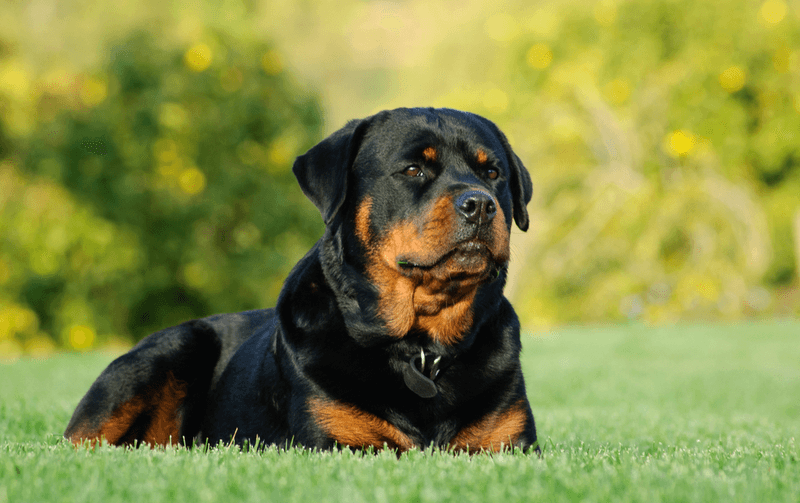
Rottweilers, known for their powerful presence, often face joint issues like arthritis. Selective breeding for size and strength has increased these problems, making their protective nature sometimes painful. Despite their intimidating appearance, they’re gentle souls wrapped in burdensome genetics.
12. Shar Pei

Shar Peis, with more wrinkles than an elephant, are prone to skin infections. Those charming folds, bred into existence, create perfect environments for bacteria. While their unique appearance draws admirers, it also invites health challenges that require constant attention.
13. Basset Hound
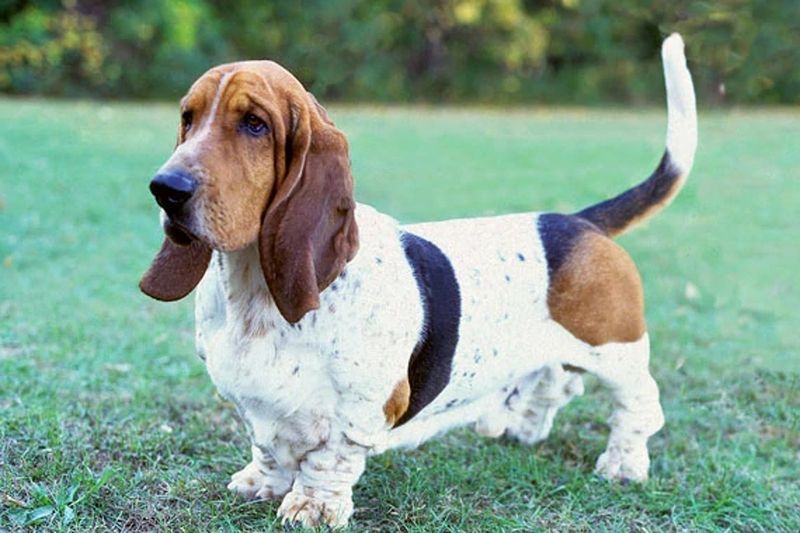
Basset Hounds, with ears touching the ground, often suffer from joint issues due to their elongated bodies. Their sad eyes and droopy ears tell a story of selective breeding that prioritized aesthetics over health, making their slow saunter both iconic and inevitable.
14. Dalmatian
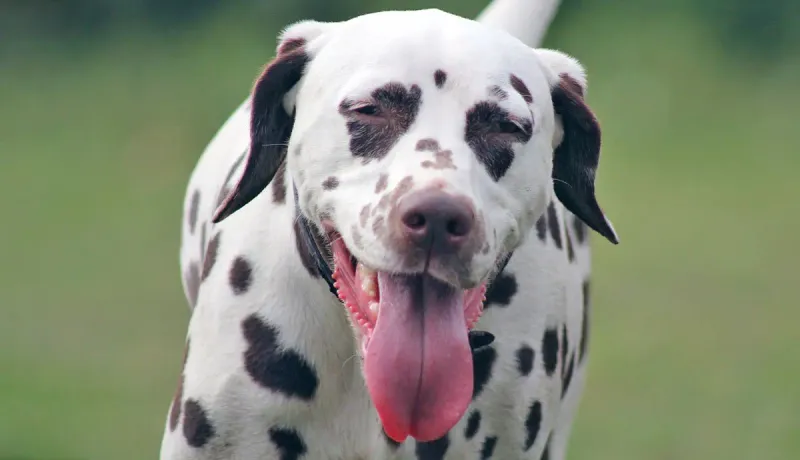
Dalmatians, forever associated with firefighters and spotted coats, are often deaf. Their genetic predisposition to hearing loss highlights the downside of breeding for aesthetic traits. Despite this, their lively spirit remains undiminished, echoing silently through generations.
15. Yorkshire Terrier

Yorkies, with coats as shiny as their personalities, often face hypoglycemia. Their small size, a breeding choice for cuteness, leads to blood sugar issues. While they might rule the roost with their feisty attitudes, their health needs careful monitoring.
16. French Bulldog

French Bulldogs, with bat-like ears and compact bodies, often suffer from spinal disorders. Their squat figure, achieved through selective breeding, leads to frequent back problems. Despite their quirky appearance, these little clowns require extensive care to manage their health.
17. Pomeranian

Pomeranians, fluffier than a cloud, are prone to tracheal collapse. Their diminutive size, courtesy of selective breeding, makes them vulnerable to this respiratory condition. While they strut their stuff with confidence, their tiny throats often betray their vibrant exteriors.
18. Golden Retriever

Golden Retrievers, with their sunny dispositions, often face cancer. Breeding for their friendly nature and striking coats has unintentionally amplified this risk. Their wagging tails and joyful play hide a genetic shadow that often shortens their vibrant lives.



